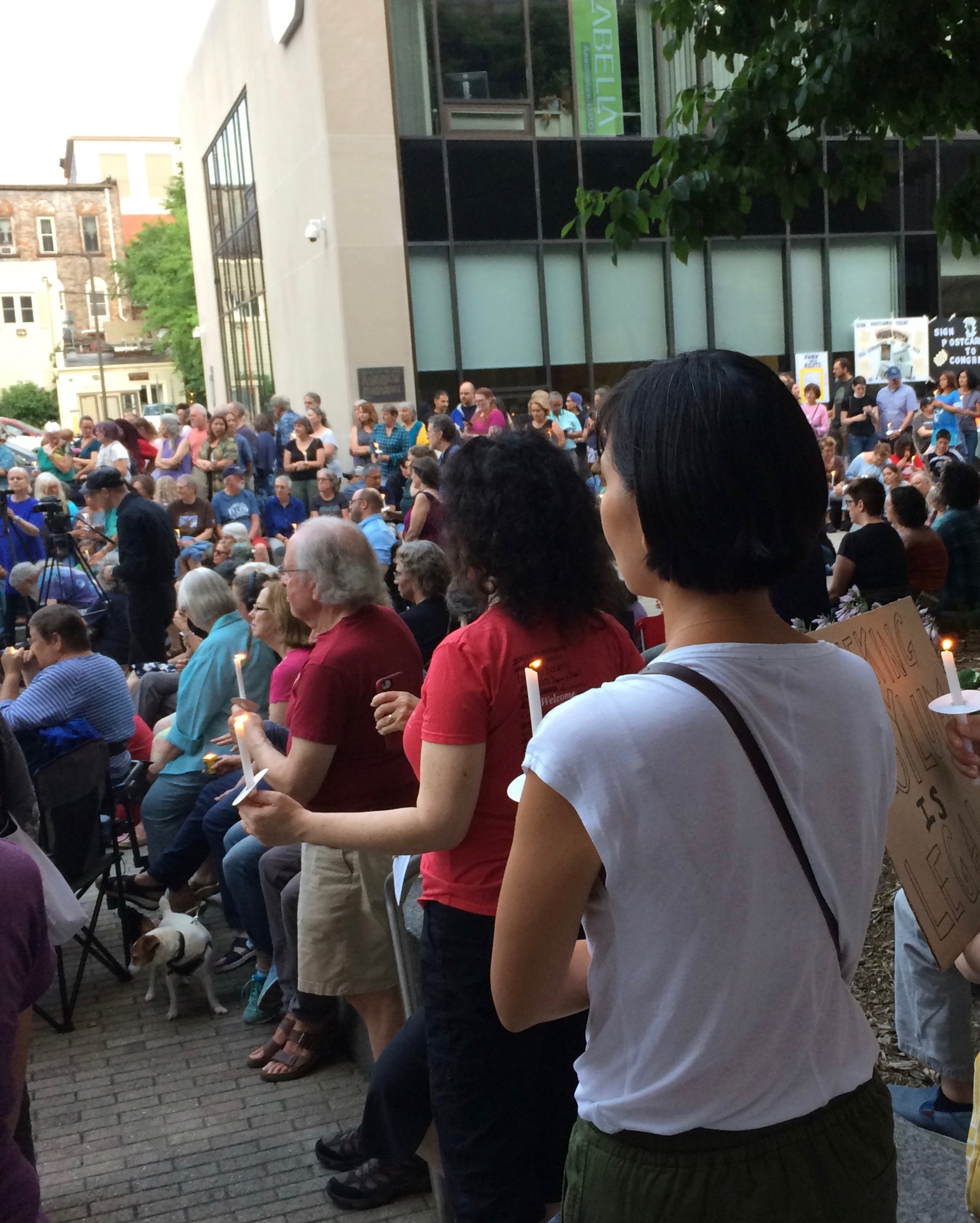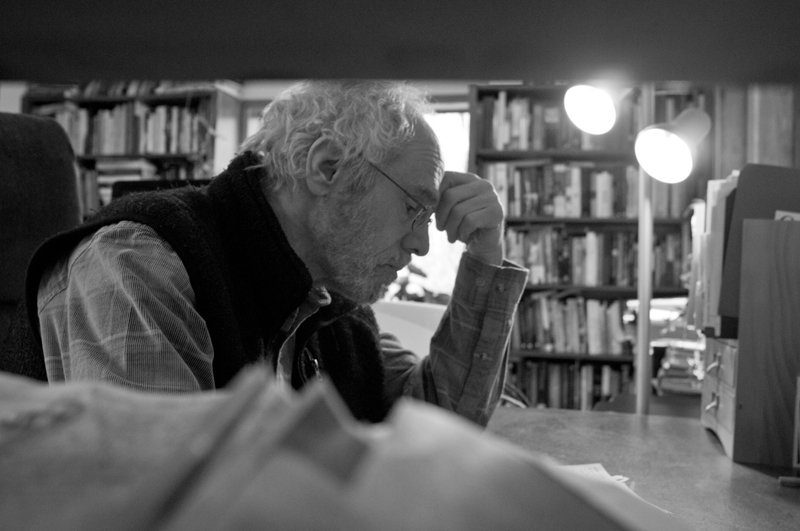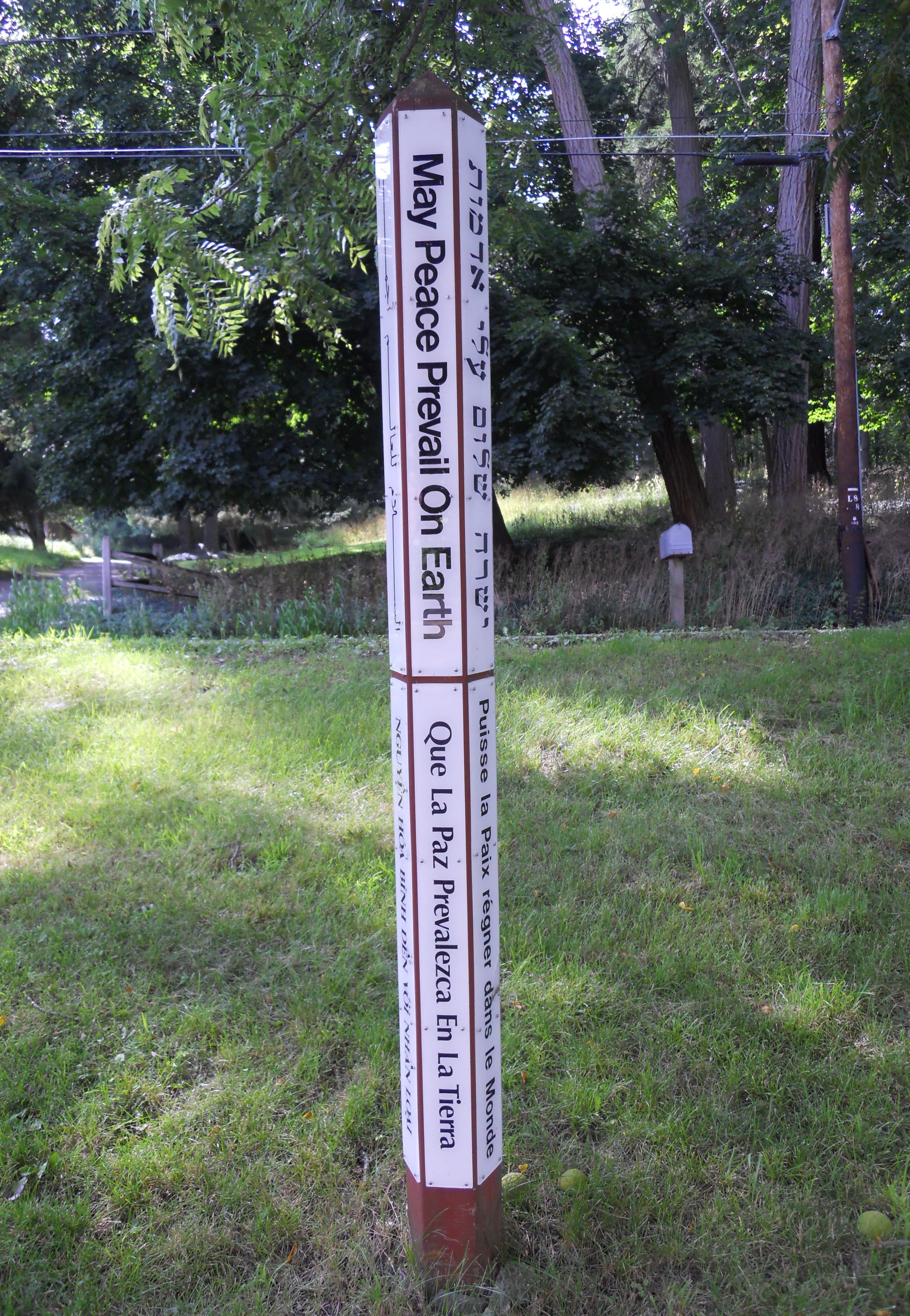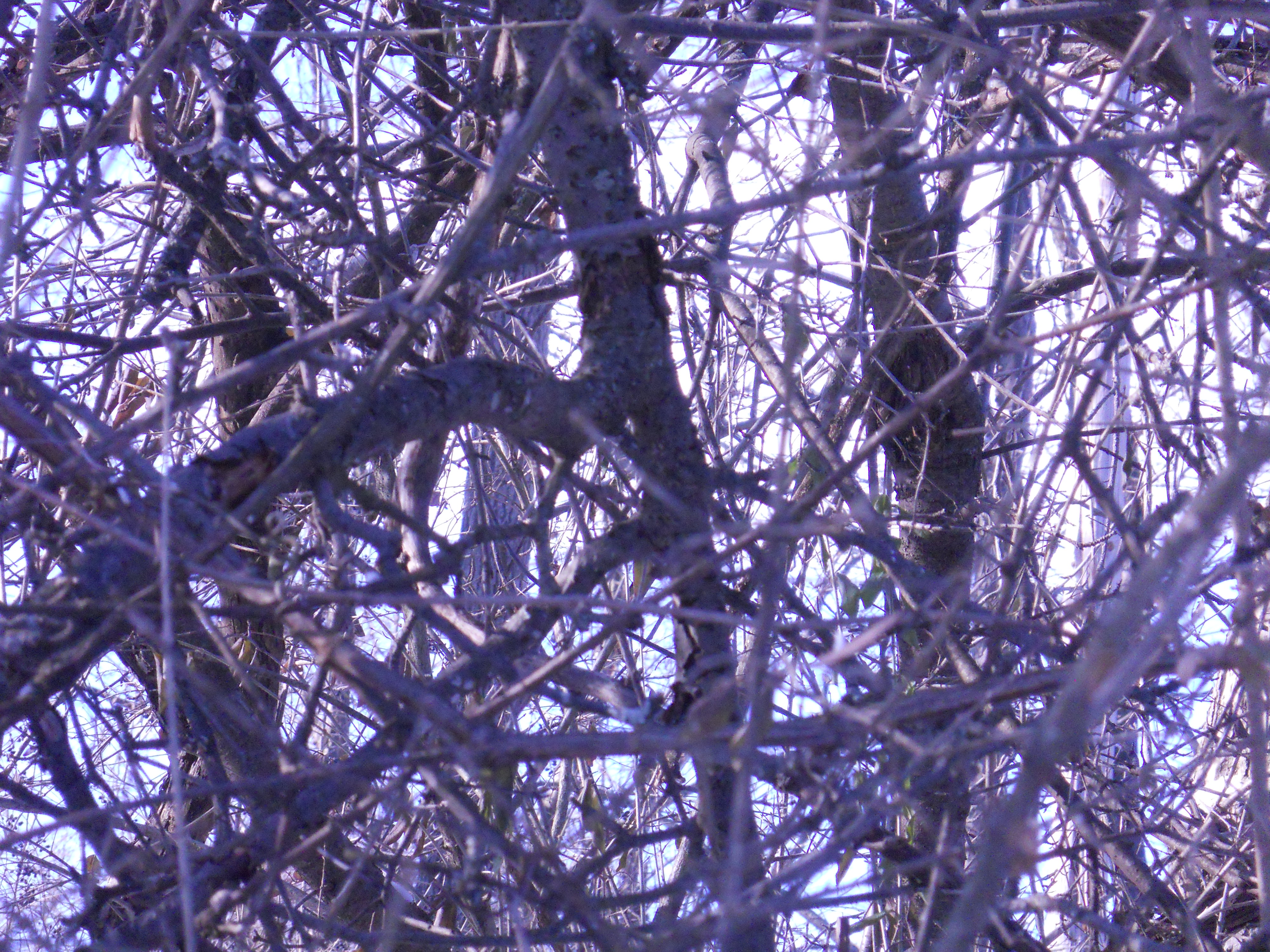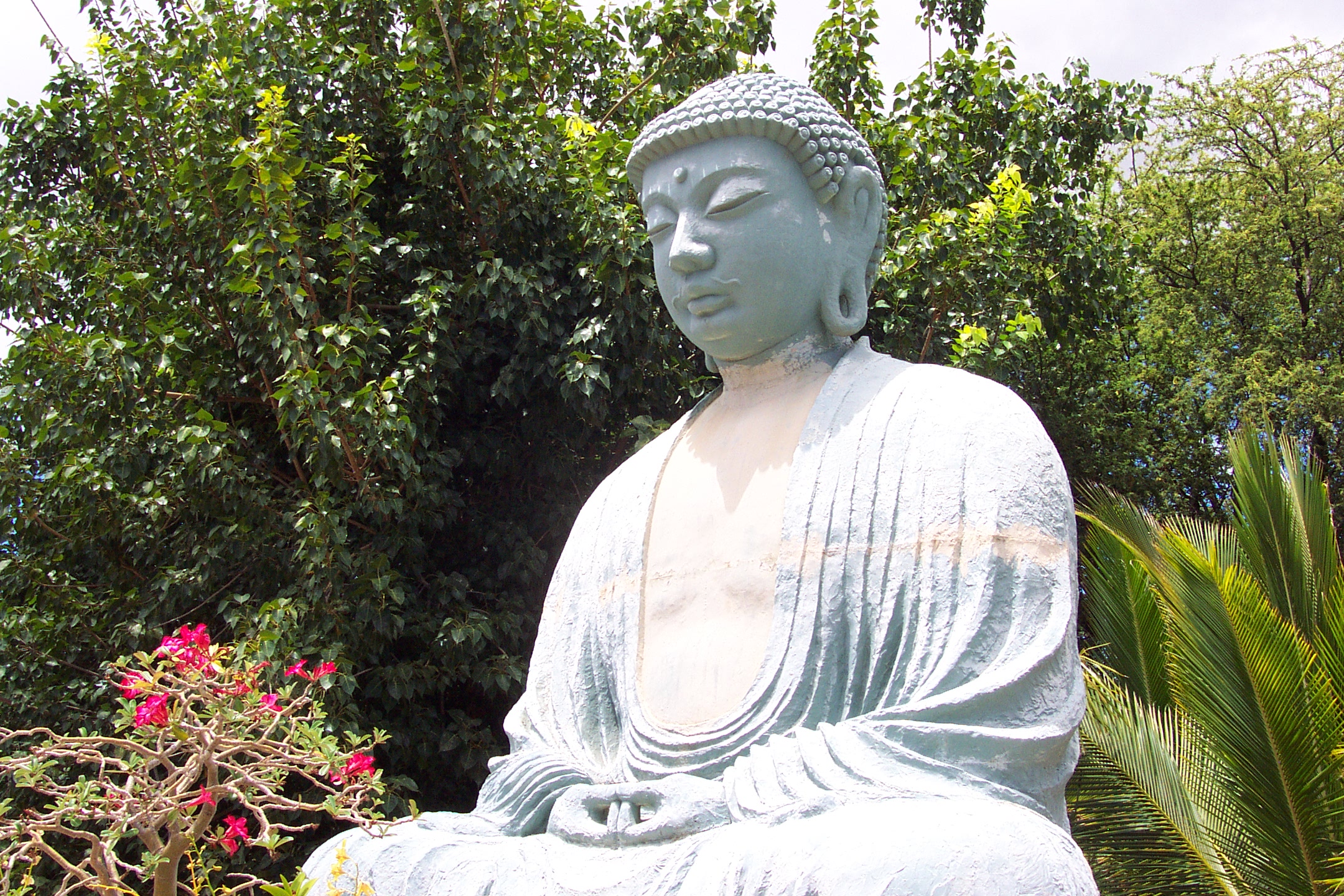It is fairly easy to be kind and compassionate to those we care for. It is not too difficult to be kind to strangers or those we just met. To be kind to those we don’t like or actively hate feels like a contradiction. We often imagine that kindness is only for those we want to embrace, not those we want to yell at or never see again. But to be kind to those we dislike changes our whole way of responding to events in our life. When we allow ourselves to simply notice the feeling of “I don’t like this” or “I don’t like you,” without holding on to that feeling or automatically acting on it, then we can break conditioned behaviors. We can just recognize the thought or feeling and move on. We become flexible in our thinking and less burdened by hurtful feelings.
How do we share this with our students and ourselves? Here is one practice. The idea is to develop the ability to imagine, “feel with” and care about another person’s inner state. Alfie Kohn said that compassion is not just to imagine what its like to be in another person’s shoes but “what its like to have their feet.”
Start, as with other mindfulness practices, by calming and focusing the mind.
Sit up, near the edge of the chair, so your back is straight but not rigid. Close your eyes partly or fully. Then turn your attention inwards to your breath. Exhale, noticing how the diaphragm works to push out the air. Then notice the inhalation, how the diaphragm expands downwards on its own, and air comes in. Just notice this. Notice what it feels like to breathe in, to refresh yourself. And breathe out, focusing on the breath and letting go of thoughts or images.
Notice the quality of your awareness and attention. Is your mind clear or foggy? Focused or wandering? Awake or tired?
As you breathe in, let a friend or someone you get along with well come to mind. Just imagine him or her, or let descriptive words about the person come to you. Notice their face, mouth, hair, eyes. Notice how they look at you, their expression.
Then notice their whole body, how they stand, their shoulders, hands. Do they stand straight? Are they relaxed or stiff?
Then go inside. What do you think this person is feeling? What clues can you get from their expression and from their posture about what they are thinking or feeling?
In this subtle way, you can teach students about reading another person, reading their body language and facial expression, which is one form of empathy.
Now imagine giving a simple gift to this person. The gift is merely a wish for the person to feel kindness, peacefulness and joy. Just say it to yourself: I wish this person kindness, peacefulness and joy. Imagine the person filled with this kindness, inner peacefulness, and joy. Notice how it affects them.
Standard compassion practices start with someone you are comfortable with or close to. Then you go to someone neutral. Then to someone you don’t know. Finally, you imagine someone you dislike or are angry with. Then you give the gift to yourself.
Just sit for a moment with the sense of kindness, inner peacefulness and joy being all around you, filling you.
You could end right there or you might add this visualization:
Imagine a ball of light appearing above your head, a beautiful light, maybe white, or golden, like sunlight. The light begins to flow into your body, from the top of your head down to your feet. It fills your body with a warm, healing light. Then it flows out from your feet to the feet of the other person. It flows from you to the person you imagined, up her or his feet, through their body to their head and out to the ball of light above your body. Imagine the light filling both you and the other person, connecting you both in a circle of light. Enjoy the connection for a moment.
You can have the light flow from you, or from you and the imagined person, out to the whole class.
I usually use a singing bowl to end all practices. If you don’t use one, then end the visualization with:
Now, return your awareness to your breath. Breathe out—then allow yourself to inhale– and exhale again. As you inhale, return your attention fully to the classroom remembering the sense of kindness, peacefulness, joy and connection.
Singing bowls can also be used when the room gets too loud and you want to quiet everyone. Just listening to the bowl sing can focus attention and give people a sense of inner quiet.
Students often report that it is easier to imagine giving kindness, peacefulness, and joy to others than receiving it themselves. It is difficult to feel deserving of such gifts. I think it was the Dalai Lama who said that in the U. S. you must be courageous to be happy—or to allow yourself the gift. However, imagining the gift of joy for another bestows it on yourself. By giving it, you receive it. It is so easy to lose sight of the fact that the joy you imagine is in yourself. That’s one reason why, as I pointed out in my last blog, there are many psychological and health benefits to being compassionate.
Likewise, the more anyone can be kind and compassionate to themselves, the deeper their capacity for compassion for others. Being kind to yourself is something you can practice each moment. Whenever you realize your mind has drifted or when you become aware that a thought, judgment, or emotion has carried you off, in that moment, you can come awake. You hear your thoughts as just thoughts, emotions as just emotional energy. Instead of judging yourself negatively, you treat your thoughts and emotions kindly and as an experience to learn from.
I have so far talked about mindfulness and compassion in terms of what one teacher or student could do in or out of a classroom. There is a deeper question that needs to be asked: What can a whole school do to teach compassion? Ultimately, compassion works best when it is embedded in the structure and culture of the school community and curriculum. What can you do you to embed compassion in your community?
“If you want others to be happy, practice compassion. If you want to be happy, practice compassion.” Dalai Lama

